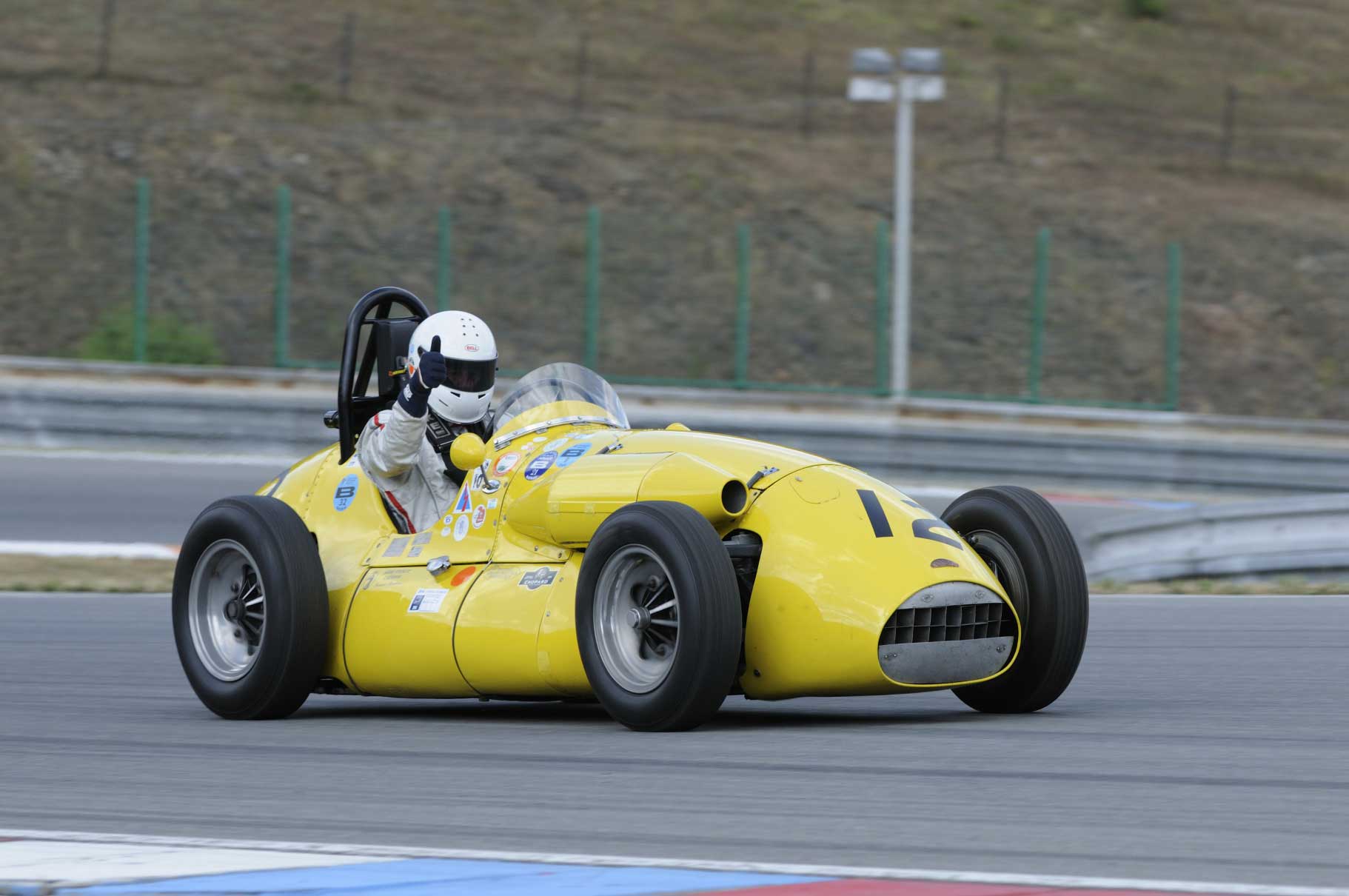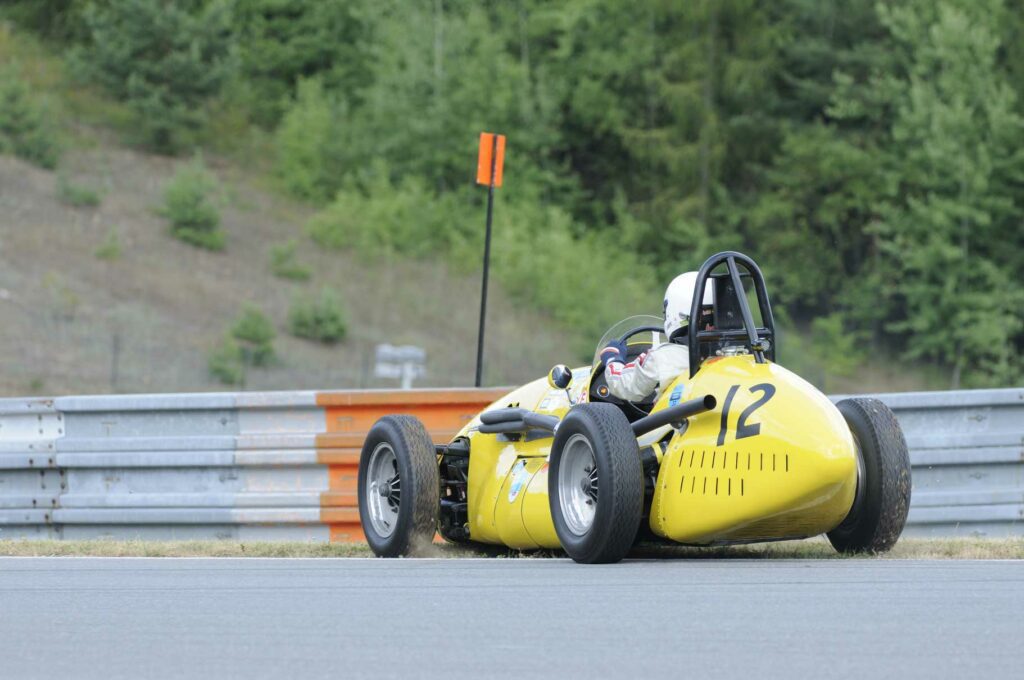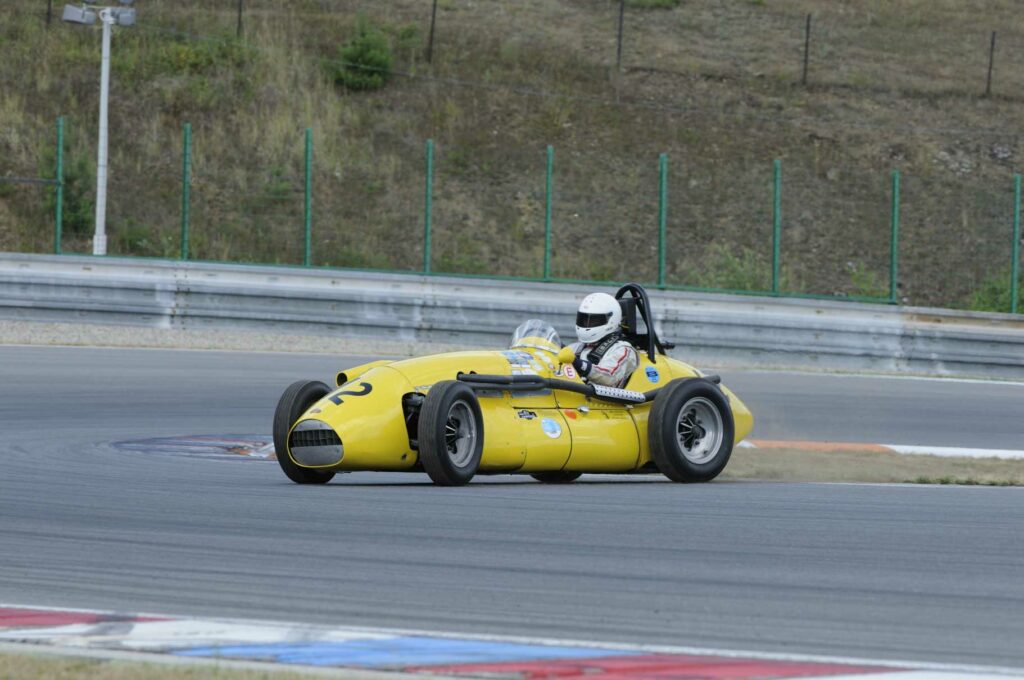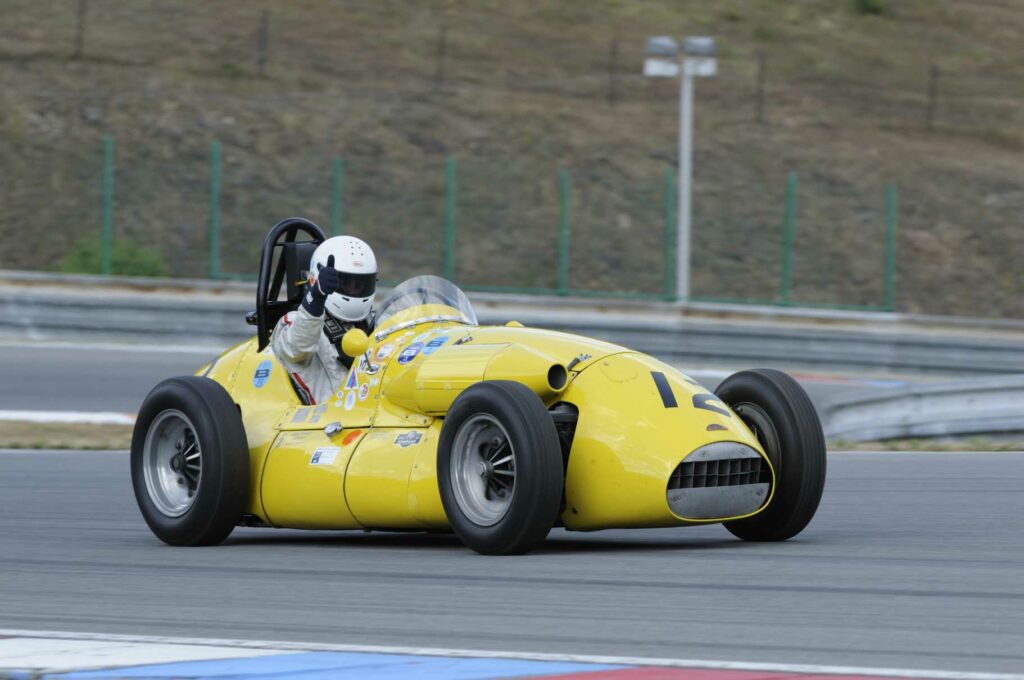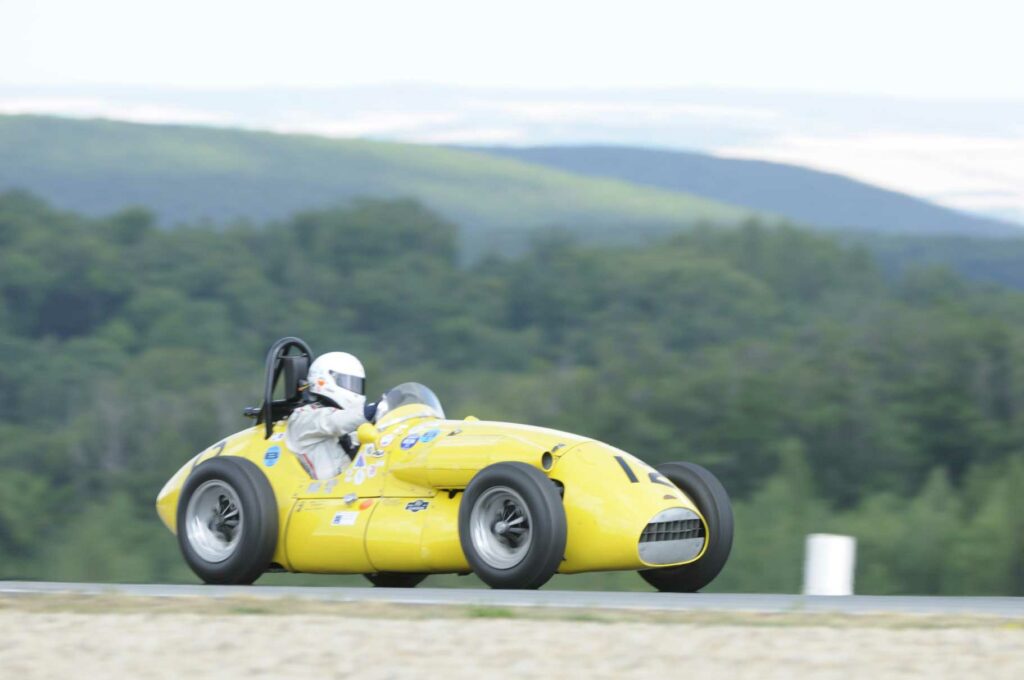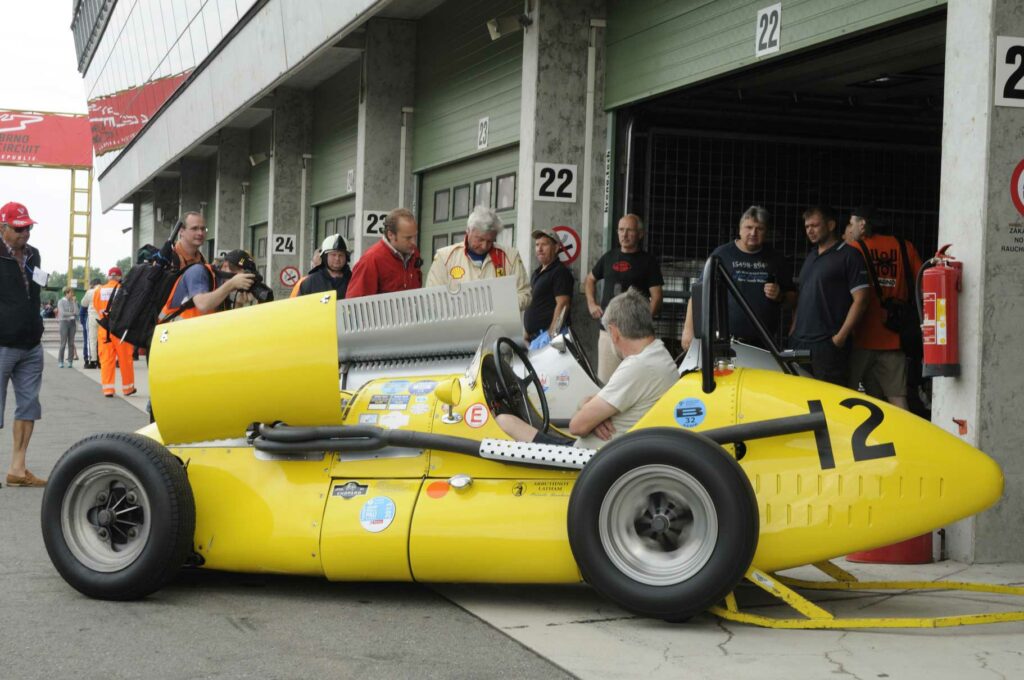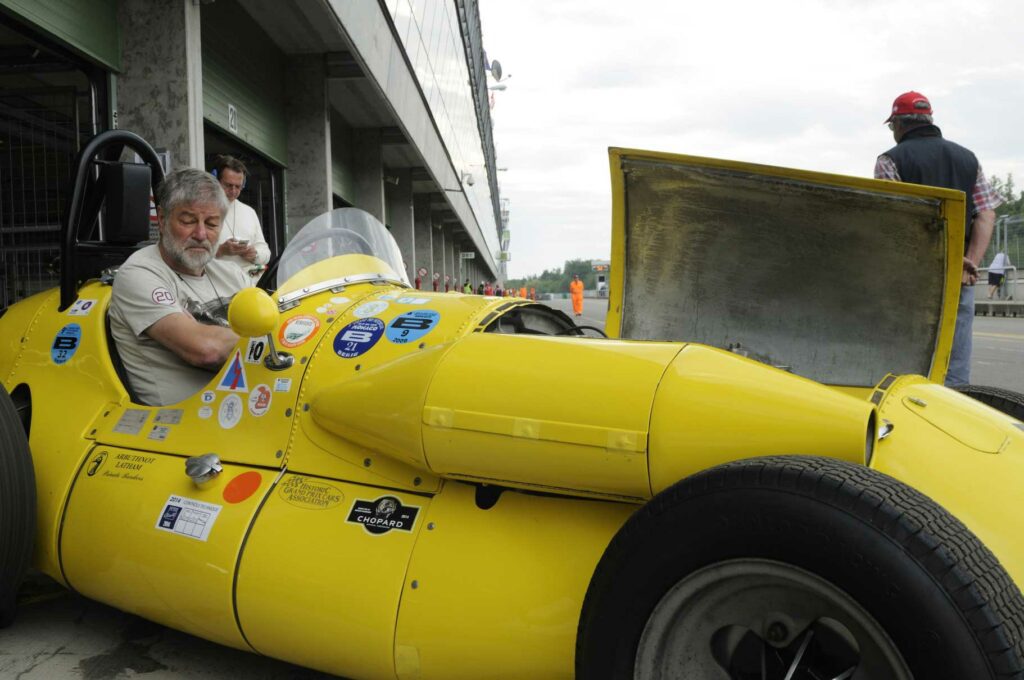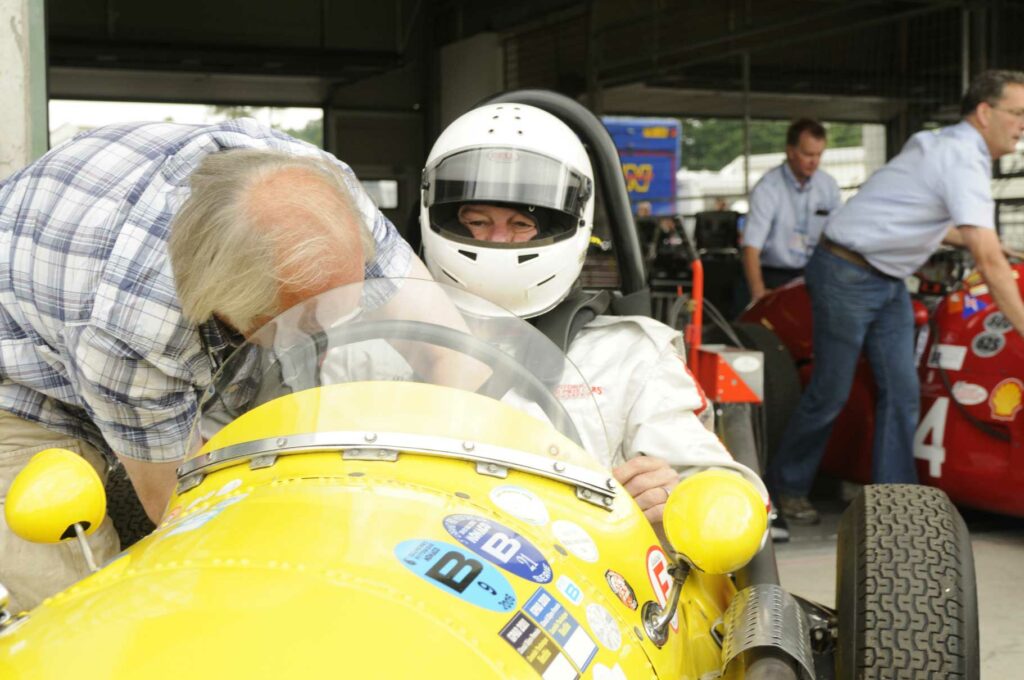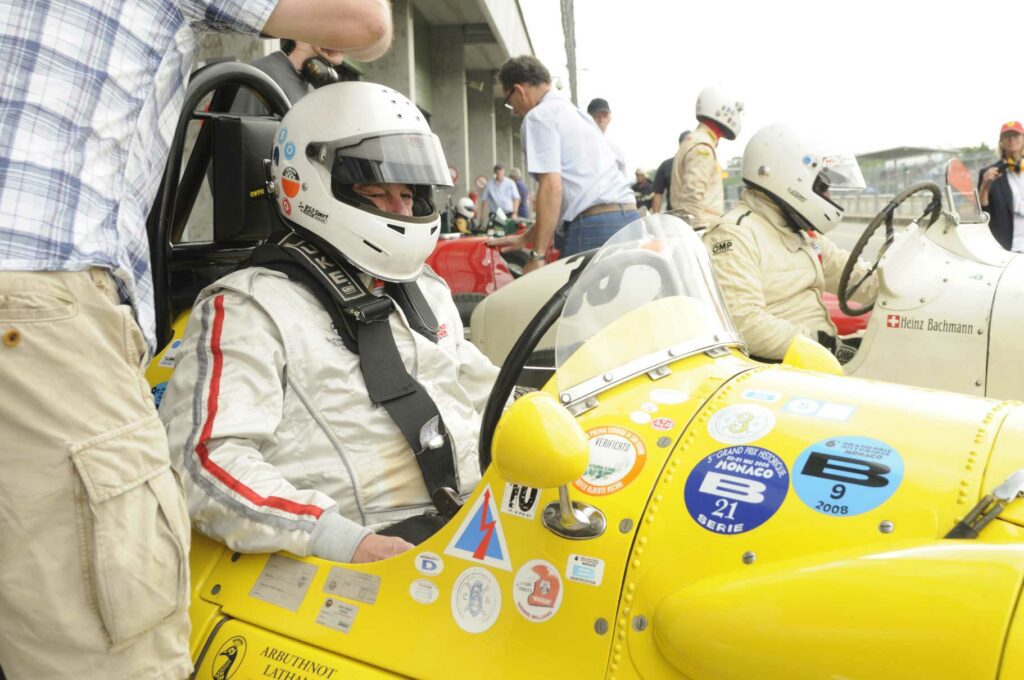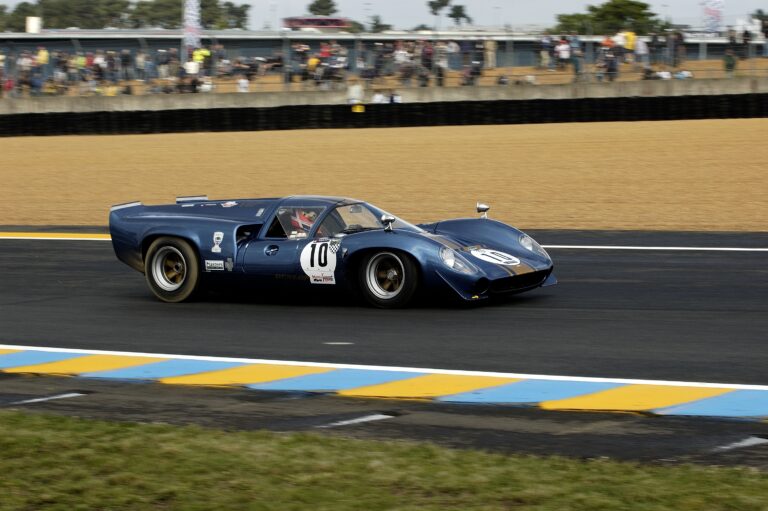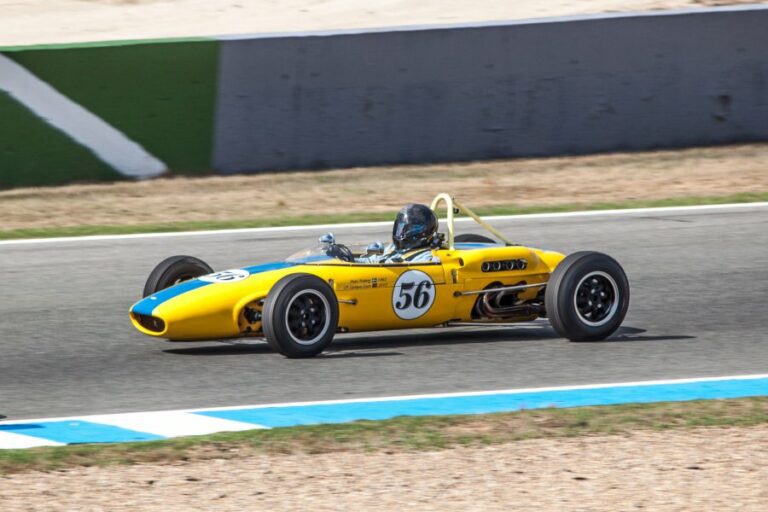Connaught type A
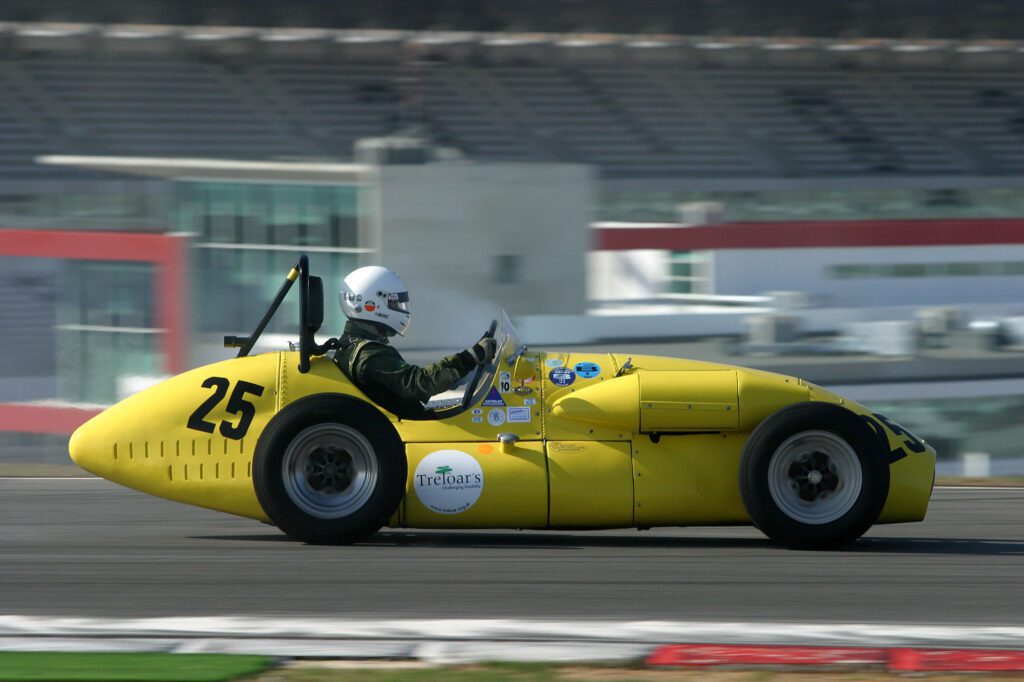
In the early 1950s, a small workshop in Surrey began producing Connaught racing cars. Grand Prix history was made in 1955 when Tony Brooks won the Grand Prix of Syracuse. He became the first British driver in a British car to win a Grand Prix since Henry Segrave's Sunbeam success at San Sebastian in 1924.
Former RAF pilots Rodney Clarke and RM Oliver planned to import Bugatti cars into Britain and modify them for racing. They therefore founded Continental Cars Ltd. However, the famous French brand did not resume production after the war, and the gentlemen had to change their plans. They decided to build their own cars and, using parts from Lea-Francis cars, built a two-seater sports car, the Connaught L, which they presented at Silverstone in 1949. Private racer and owner of a major construction company Kenneth McAlpine finished in fourth place with him at the time and decided to financially support Connaught.
In the following years, the sporty Connaught L was further modified and produced in several pieces. At the same time, the company decided to expand its sports activities to single-seater racing cars. The most suitable for this was the newly established Formula 2, which advantageously combined the international sports calendar and, compared to Formula 1, much lower costs. Moreover, the only serious competitor in this class at the time was only Ferrari. A Formula Connaught F2 was built especially for Mr. McAlpine in 1950, which he raced while working in Surrey on the development of the "Series A" car.
Again, they used a four-cylinder Lea-Francis engine similar to the one from the Model L, but its block was cast in light alloy. The valves were controlled by short tappets from two cams located on the side of the engine. The original volume of 1767 cc was increased to two liters by reboring. Fuel was supplied by modified motorcycle carburetors later on the factory cars swapped out for Hilborn-Travers injection. The ladder frame was built with the lowest possible weight in mind. The first cars had independent suspension on parallel arms, but after a few races a DeDion type axle was fitted to the rear. The use of a Wilson planetary gearbox with presets was interesting. The entire car with an aluminum body weighed less than 600 kg.
The car made its racing debut at the Castle Combe circuit in October 1950, when Kenneth McAlpine finished second to Stirling Moss in the 2.5 liter class. After the above modifications, the new Connaught became one of the best F2 cars in Britain. In 1952, the World Championship was run according to the rules of Formula 2 and not Formula 1. After the withdrawal of Alfa Romeo from the Grand Prix series, it was the only way to get enough cars to the races. The Connaught A was very popular with private drivers, but its performance fell short of the new Ferrari 500, which won every Grand Prix that year.
In 1953, the situation was repeated and the connaught did not succeed in international races. At home in Britain, however, he was still one of the best, with the likes of Roy Salvadori, Stirling Moss and Tony Rolt riding with him. In 1954, new Formula 1 rules were introduced with a 2.5 liter limit for naturally aspirated engines. In Surrey they set about developing the new Connaught B car and their efforts were crowned with international success when Tony Brooks won the 1955 Syracuse Grand Prix.
Today, Connaughty A drives in many vintage car races across Europe. Mr. David Wenman will start in Brno with the Connaught A car.

